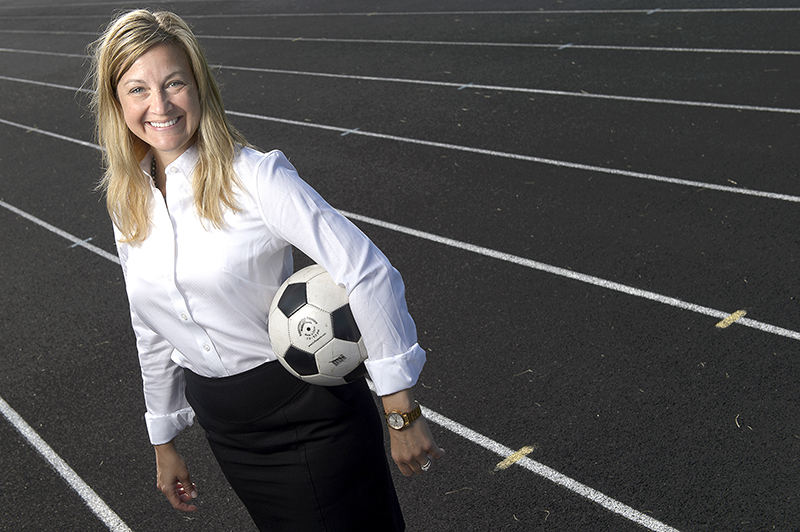February 6, 2018
Winter Olympics will offer rare exposure for female athletes
 Cheryl Cooky
Cheryl Cooky
Download image
WEST LAFAYETTE, Ind. — Female athletes will share the spotlight with their male counterparts over the next few weeks. It doesn’t happen often, says a Purdue University researcher on women’s equality in sports.
The 2018 Olympic Winter Games begin Friday (Feb. 9), and it will be a rare chance for women to share one of sports’ biggest stages, according to Cheryl Cooky, an associate professor of American studies.
Cooky, co-author of the forthcoming book “No Slam Dunk: Gender, Sport and the Unevenness of Social Change,” says women’s sports rarely garner the amount of live TV broadcast coverage than the two weeks of summer or winter Olympic events aired nationwide every two years.
“However, when you look at how female athletes are being talked about, what we see from research is they are often referred to as girls rather than women,” she says, “and there’s more focus on their appearance and their background stories, which tend to center on their connection to male coaches and their relationships with their families and husbands, or how they balance athleticism and motherhood.”
Cooky is part of a research team that analyzes the quality and quantity of men’s and women’s sports coverage on local TV news programs and sports news and highlights shows. The team gathers data and releases results every five years. The most recent study was published in 2015.
“The Olympics are an anomaly in terms of the sport media landscape; they are the exception that proves the rule,” she says. “International sports events differ because they are so tied to nationalism. When female athletes are competing in the Olympics, they’re competing as American athletes. It’s much more comfortable within an understanding of masculinity to cheer for your nation.”
In her book, Cooky and co-author Michael Messner explore the ups-and-downs toward gender equality in sports, striking down the notion that progress has taken place in an upward, linear fashion.
Cooky said the amount of live coverage of women’s events in the Olympics, which “tends to be fairly equitable,” versus the quality and the way female athletes are portayed, is indiciative of the push-and-pull highlighted in the book.
Writer: Joseph Paul, 765-494-9541, paul102@purdue.edu
Source: Cheryl Cooky, 765-496-2857, ccooky@purdue.edu

